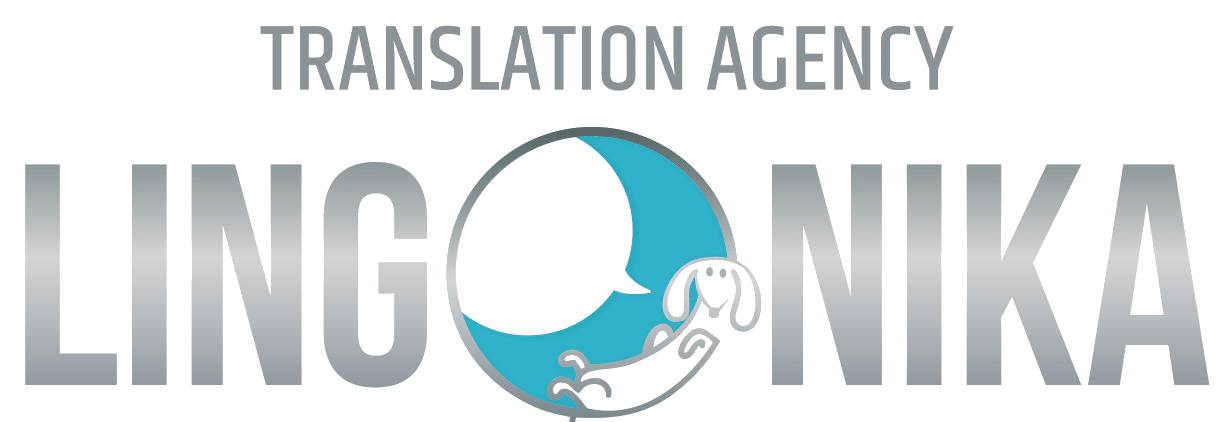Why you need a Human Translator
In many ways, language is the most human technology of all, allowing us to share experiences, ideas and moments from person to person through the ages. Over the millennia, language has evolved in complexity and precision – and often those two properties seem at odds with one another. While computing and technological advances have brought a host of solutions to translating languages from one to the other – from rapidly cross-referencing dictionaries to scanning chunks of text to provide grammatically perfect renditions of entire paragraphs in different languages – the precise meaning of phrases and the nuances of tone can often be lost.
Particularly with more creative or subjective pieces of writing, tone and nuance can be where the real message of a text lies. From slogans to jokes, a deeper knowledge of the intricacies and references in a piece of writing is essential to conveying the true meaning behind the words. To accomplish an accurate translation, a human understanding of the text is the only real way to proceed. Robots famously lack a sense of humour and, in general, the only laughs AI-driven translations come up with are accidental. Beyond humour, having an understanding of the emotional, poetic or sensitivity needs of a particular phrase or message can be incredibly important. Consider the needs of passing on bad news, awkward medical discussions or even a creative brief – getting the tone right is too important to leave it to algorithms.
There are a large variety of solutions to getting your message across in different languages. A good approach is transcreation – constructing texts from the ground up with the consideration of translation in mind. For many technical texts, this can be the best approach – whether it’s instruction manuals, user guides, or any other format that requires a clear, concise and direct communication of specific information in a regular format. Transcreation requires good knowledge of language structure to maintain coherence and consistency across a variety of languages. For example, matching the same level of formality across translations often requires a more nuanced understanding of the languages involved than Google Translate can provide. Working with experienced experts will undoubtedly provide better results than automatic translation services and provides a level of trust and professionalism that will be appreciated by users and clients alike.

In advertising and marketing, local knowledge is often the most important aspect of coming up with strong universal messages. Directly translated phrases can often lose all meaning and coherence and the most carefully thought-out campaigns can lose a lot of their impact without the expertise that experienced translators can provide. As much as anything else, translation is about knowing your audience; and so while the imagery and other non-verbal content can be universally applied, the tone is often set by the words that appear alongside it, making the use of human translators essential from the beginning of the campaign through to its delivery. For many basic day-to-day conversations, automatic translation is quick and easy, particularly when there is little time to fully explain exactly what you’re trying to get across, but when you need a complex explanation or creative concept shared precisely, human translation is still the only way to go.


